Fitness Fire 🔥
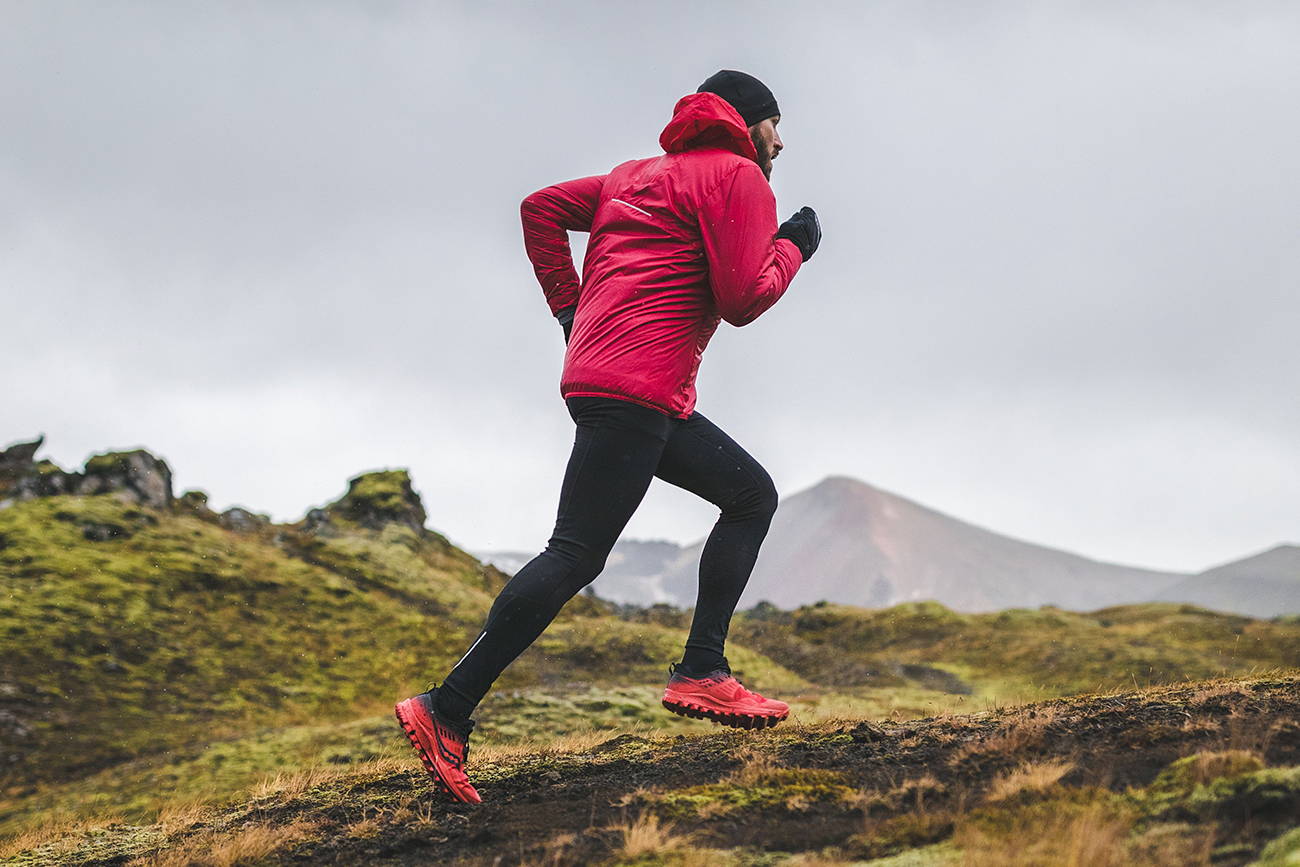
Beginner's Guide to Trail Running (Part Two)
In the last article, the Beginner’s Guide to Trail Running Part 1, we discussed the benefits of trail running, trail running techniques, and how to find trails near you.
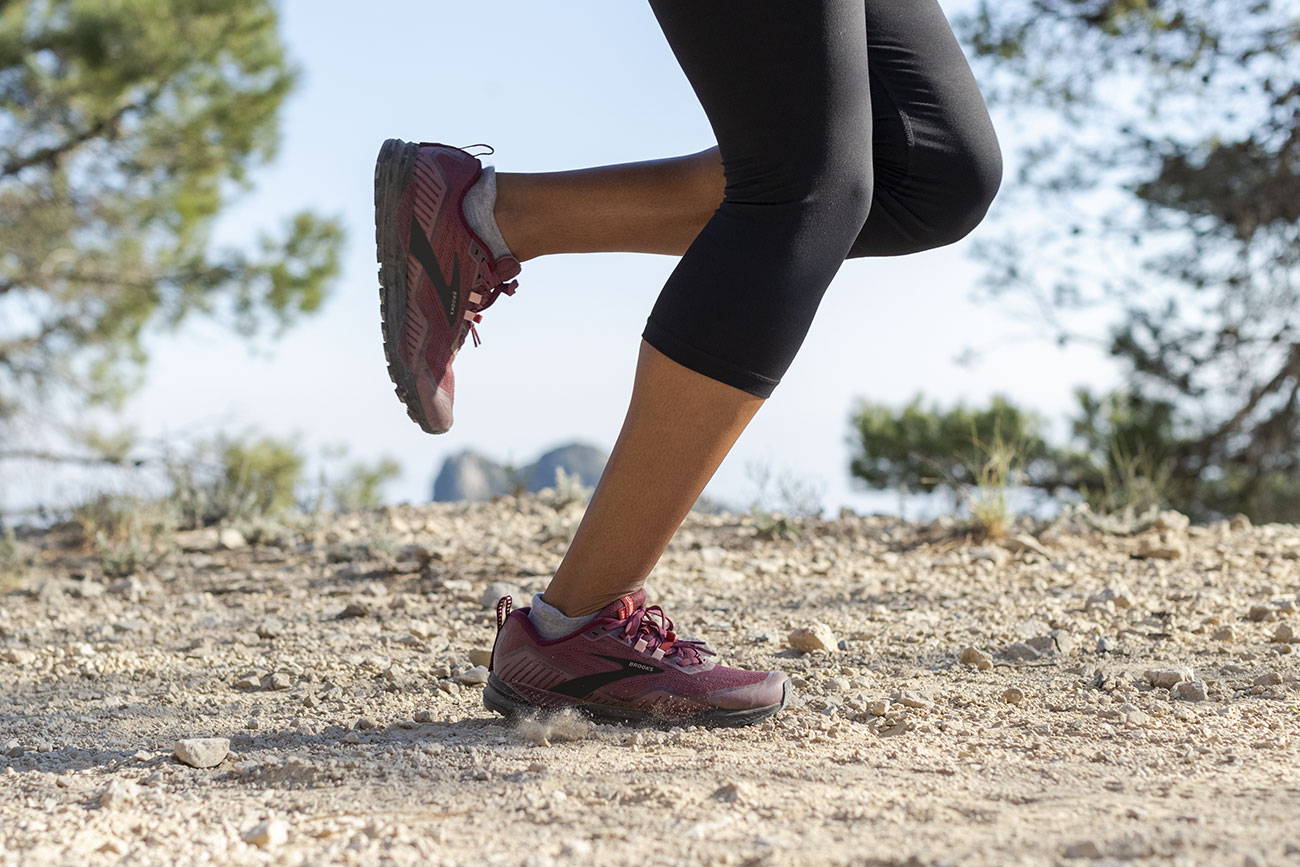
Beginner's Guide to Trail Running (Part One)
If you’re looking for a fun way to get in shape, relieve some stress, and connect with nature – or if you’re just looking to change up your regular running routine – trail running is a great choice. It doesn’t require a ton of gear, and it’s easy to get started.
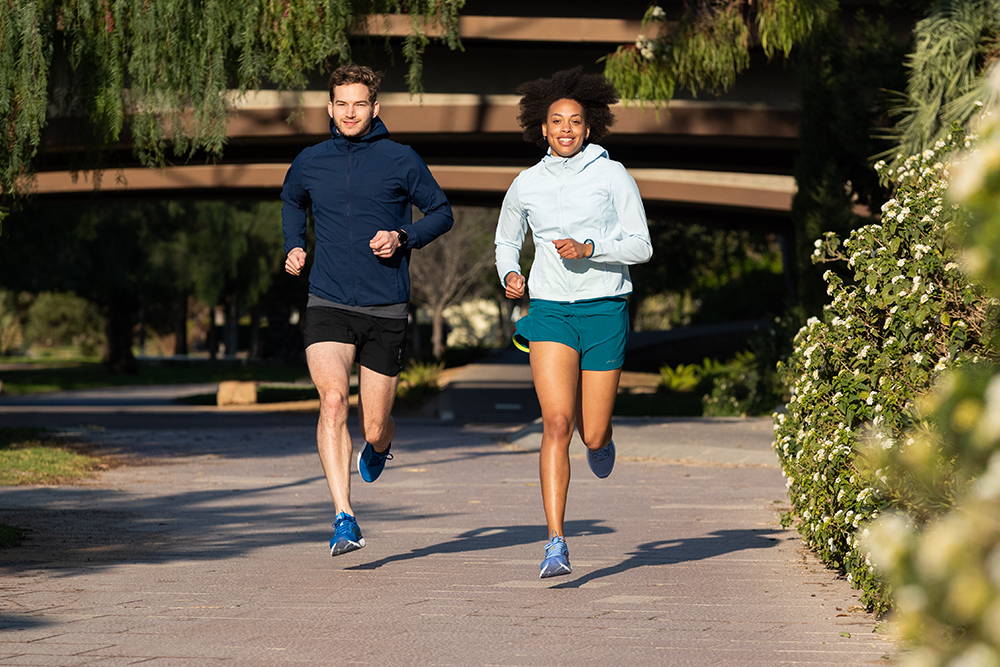
5 Tips for Running Your First 5K (The Ultimate Beginner's Guide)
A 5k is a great entry race for new runners, as well as seasoned athletes looking to improve their time. Below are our best tips to help you prepare for the big race. 5k Running Tips Tip #1: Set aside 8 Weeks for preparation. Eight weeks allows time to build up your cardio, and develop your muscles to improve performance and avoid injury.
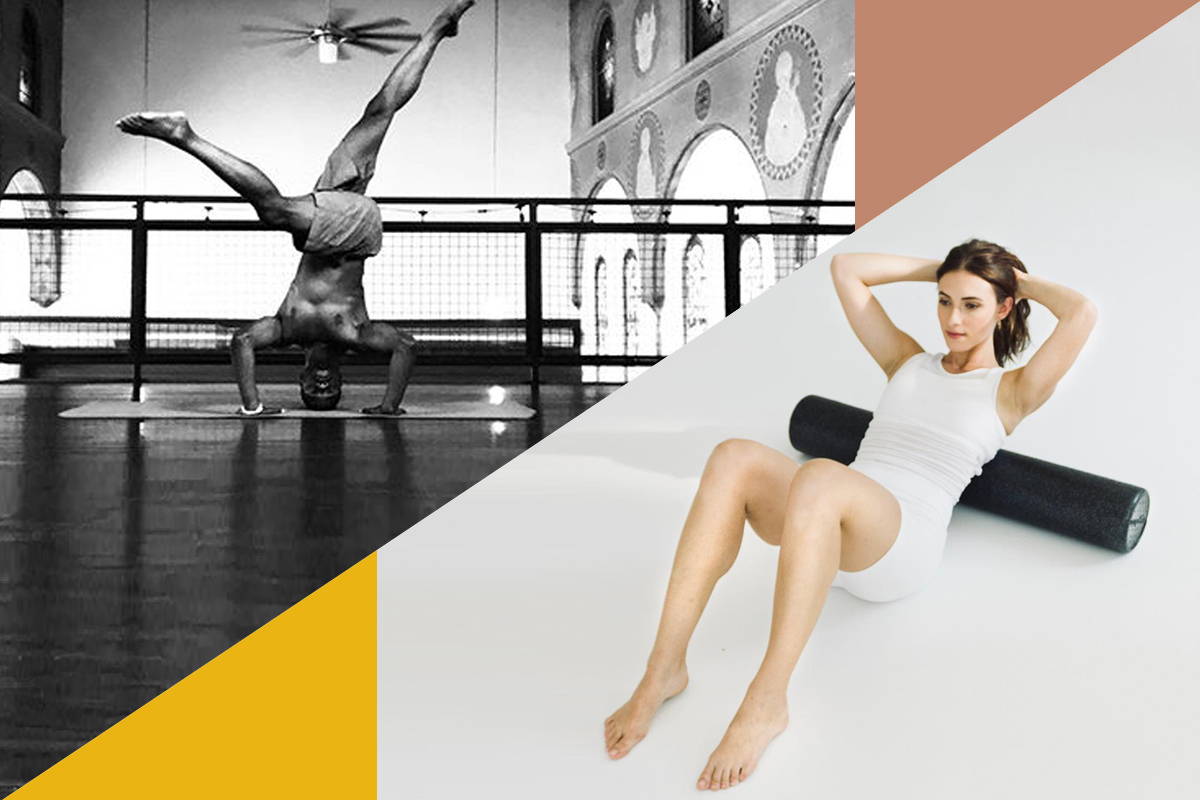
Quarantine Fitness: Let's Get Virtual!
With many cities and counties still issuing shelter-in-place orders, your favorite gym or fitness center may be closed for a little while. But that doesn’t mean you can’t enjoy a great, instructor-led workout. If you’re looking to keep up with your fitness routine at home, we’ve got two amazing Baltimore-based fitness businesses that are here to help!
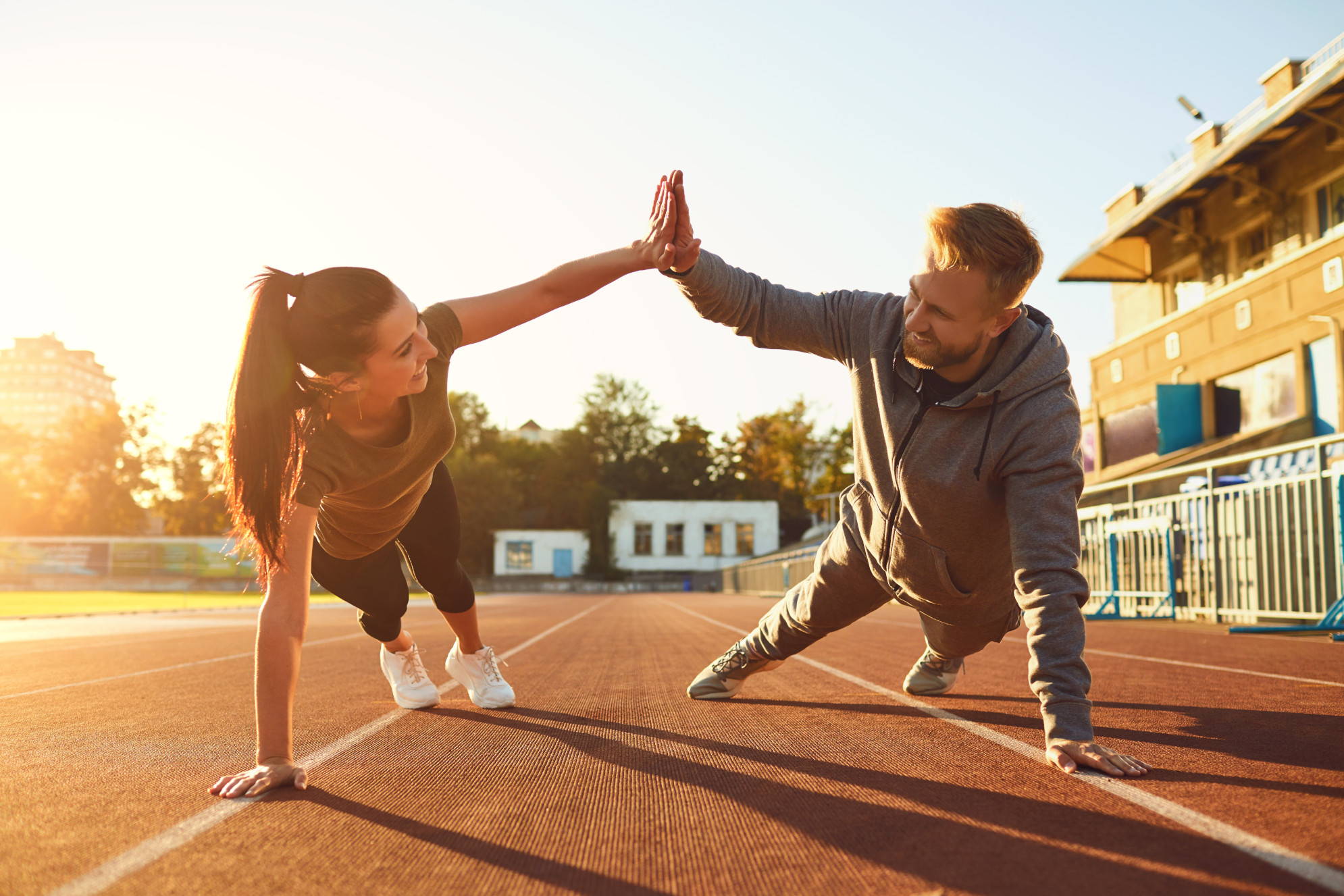
10 Tips for Working Out with Your Significant Other
If you've been considering a workout regimen with your sweetheart but you aren't quite sure where to start, we can help! From hammering out schedules to scaling movements to finding your ideal style of encouragement, here are 10 tips to help you and your beloved get the most out of joint workouts.
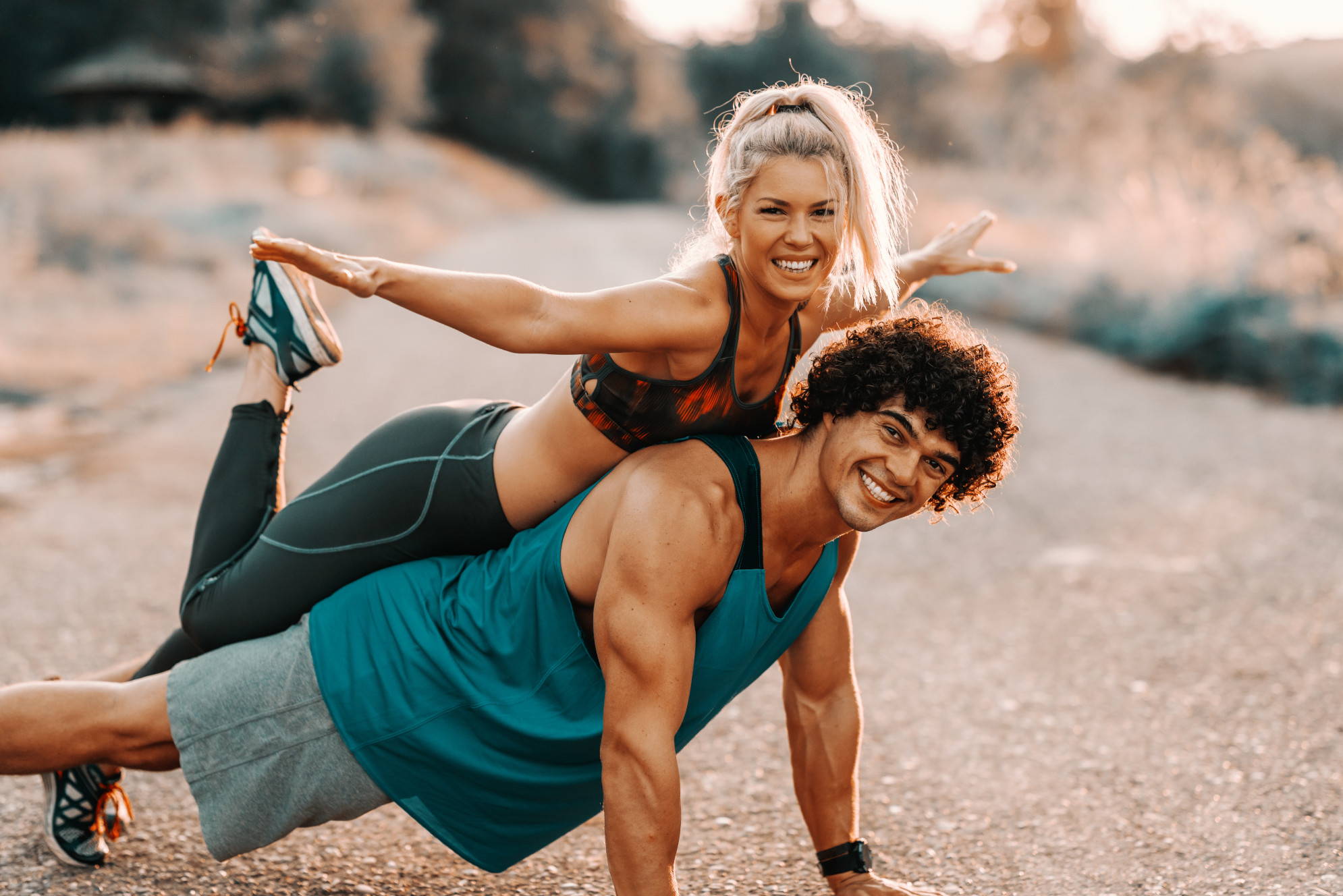
10 Benefits of Working Out with Your Significant Other
There are a few common reasons why romantic partners may think they can't work out together. If you're on the fence about working out with your significant other, we're offering this two-part blog series detailing the ins and outs of taking the plunge. In today's installment, we offer you 10 legit benefits of working out as a couple.

The World Is Your "Venu" with Garmin
The Venu was designed to make it easier (and more stylish) to live a healthier, more mindful life with a selection of sports apps and guided workouts as well as health and wellness monitoring tools. Plus, you can leave your phone and wallet at home during workouts thanks to music on the go and Garmin Pay™!
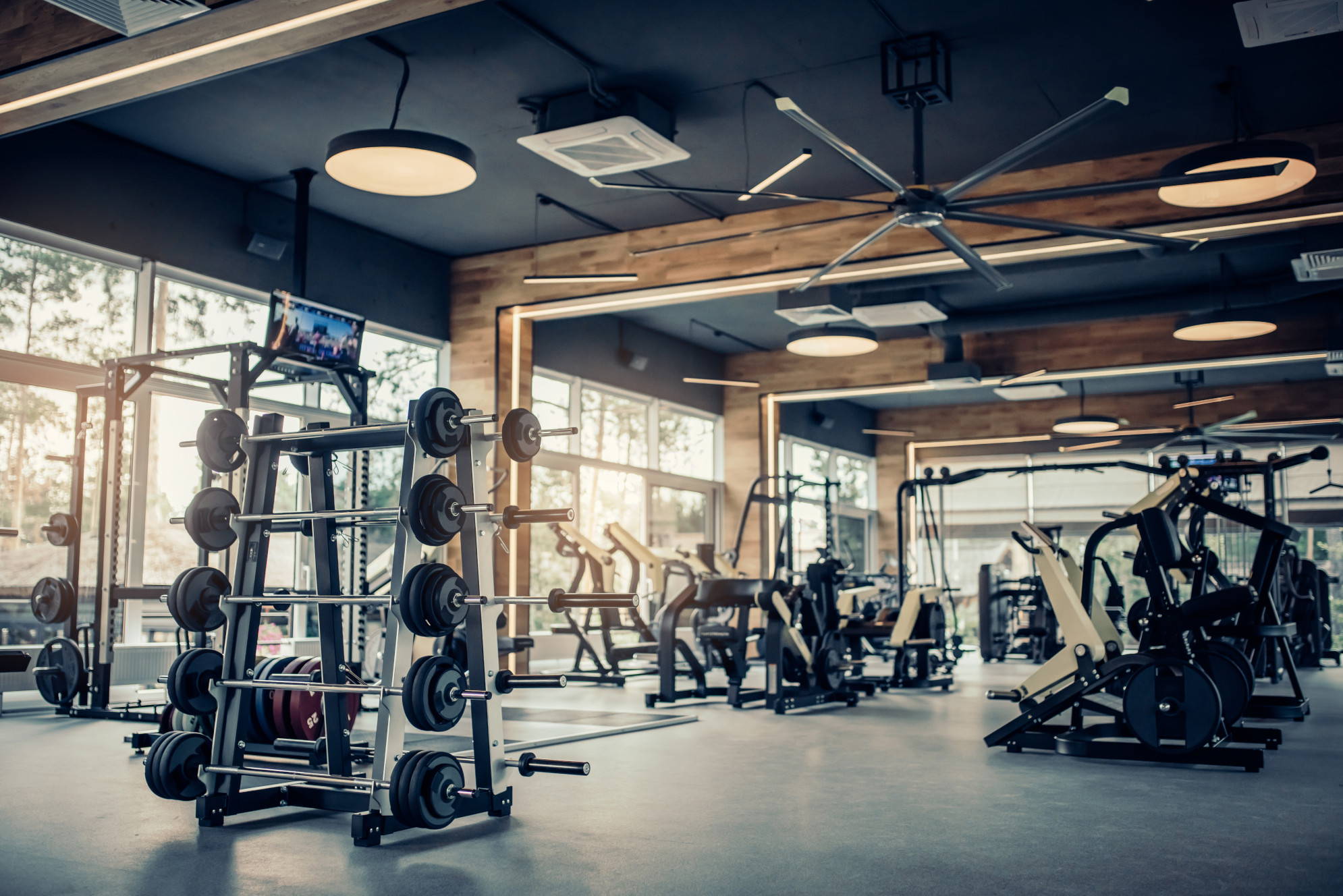
Back-to-the-Gym Checklist
The weeks before the holidays ramp up are CRUCIAL to maintaining the strength and stamina you've worked for, as well as helping you keep holiday weight gain at a minimum. If all that turkey, stuffing, and pumpkin pie clouded your memory, here's a quick rundown of items to assess (and possibly upgrade) as you head back to training.
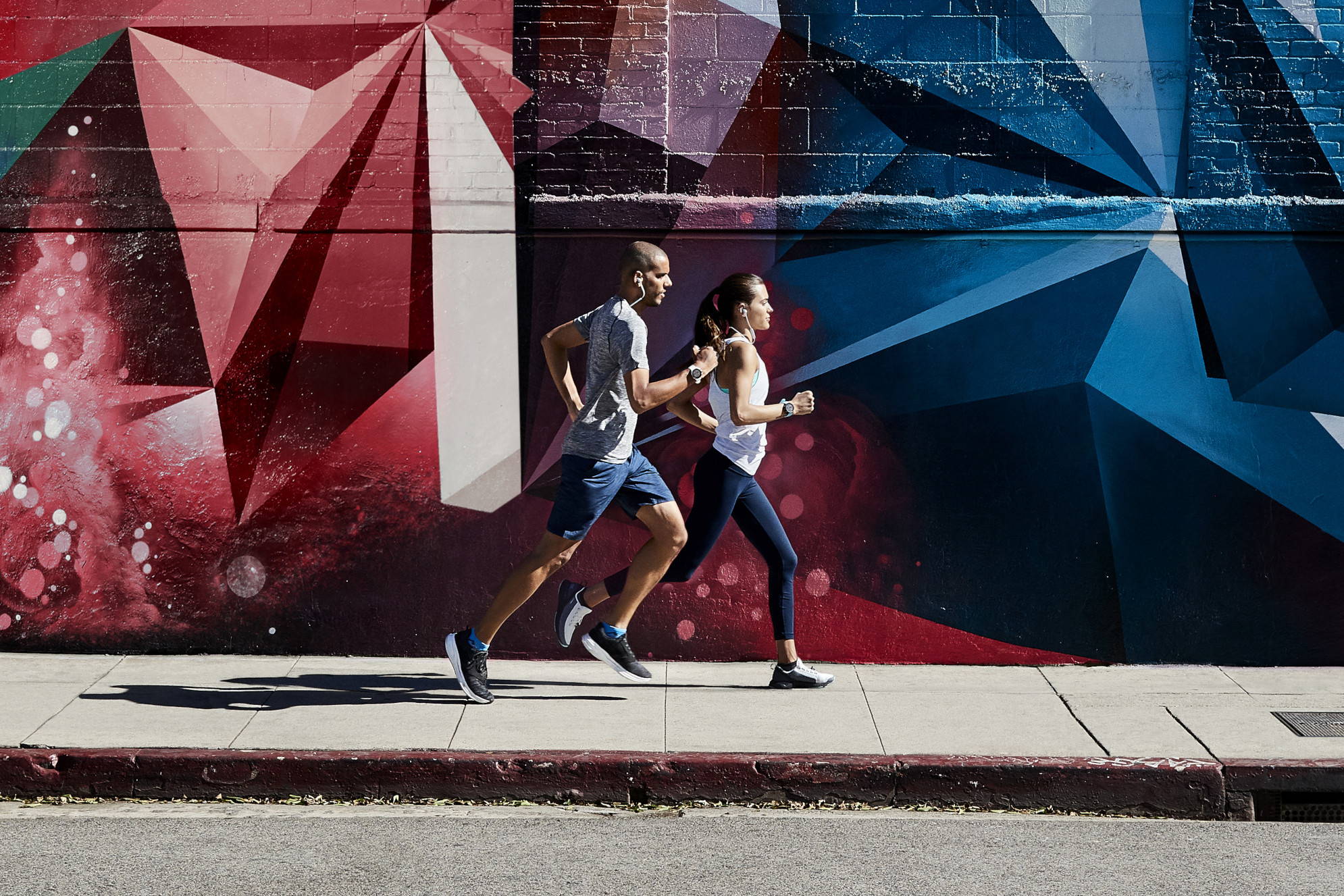
You Do the Running, Garmin Does the Rest
Introducing the next generation of one of Garmin's most beloved GPS watches: the Forerunner! These new models come with some of the features you've come to expect (GPS, heart-rate and pace data, myriad workout modes, etc.) and introduce some brand new goodies as well.
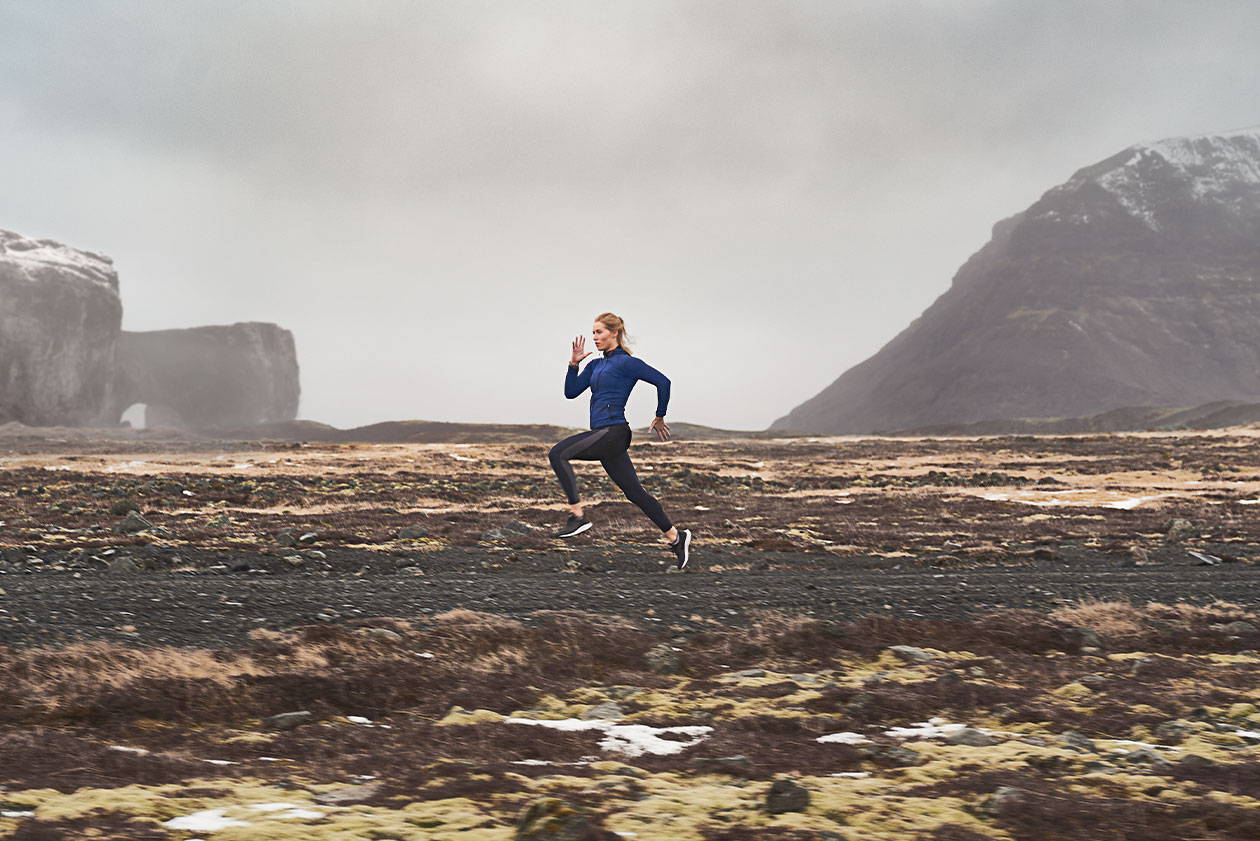
Garmin Gary's Tip of the Week: Run/Walk Alert vs Intervals
Although the Run/Walk Alert and a simple Interval are similar, they are not the same. There are plenty of customers asking for a watch ...
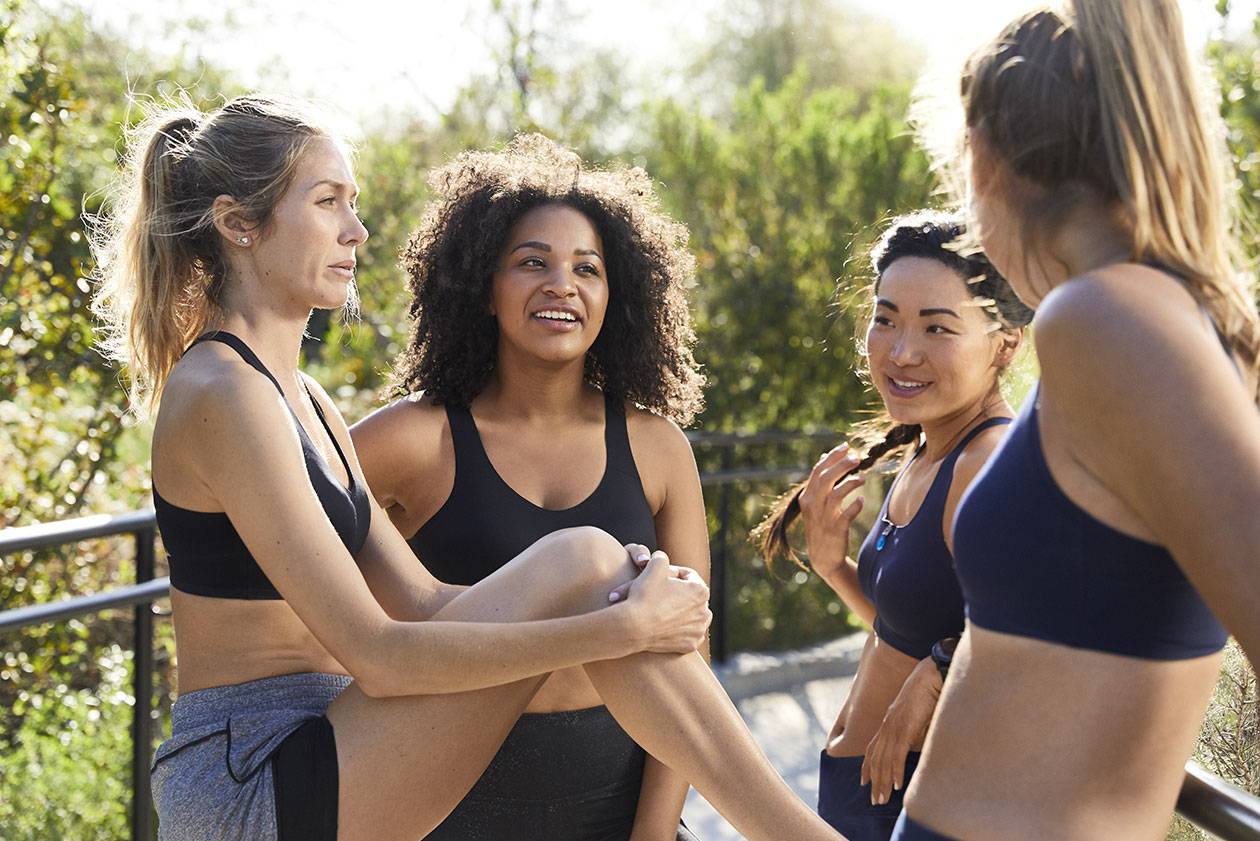
Why Are Sports Bras Important & How to Find the Right Sports Bra
Last weekend while doing my usual run around Druid Hill Park, I noticed something upsetting: A fair amount of women were running withou...
